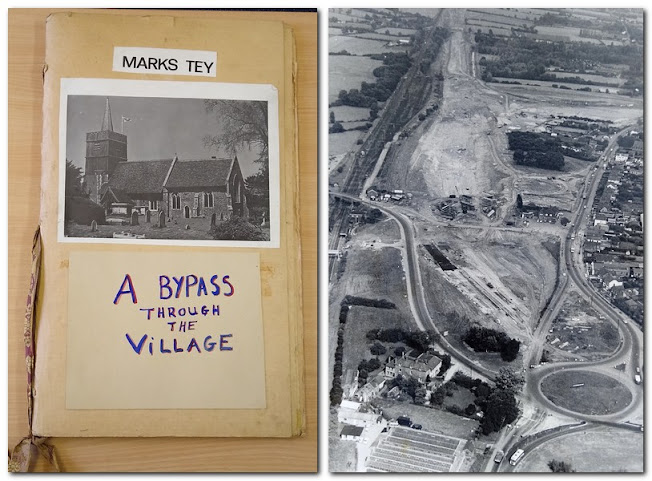Chappel News 84 May 2021 EDITORIAL
The museum’s railway is coming back
to life after an exceptional year, you will receive separate Mailchimp mailings
about operational and event guidance and current Covid notes.
During the lockdown match
work has been completed by museum volunteers liaising between themselves using “WhatsApp”
a mobile phone application, but not everybody wants to use that method.
This is where CHAPPEL NEWS
hopefully comes in – in these notes a summary of some of these threads on
social media can be reported to you in
this newsletter. Communications nowadays have different audiences, it is
acknowledged that the written word has
its palce in the mix, so here is a digest of some events and items of interest.
Conversations have taken
place regarding general communications between the Membership Secretary,
Volunteer co-ordinator amd Chappel News reporter and agreed a way forward. It
is the last thing we want to do is swamp you with communications or deny news
it's a tricky task sometimes to get it about right.
MailChimp
is being used by Martin as volunteer coordinator to call people together for work
parties or a second wider circulation to all members for more general subjects.
Chappel News will report across the whole range of activities within the museum.
Progress on the N7 locomotive continues;
this photo shows a removed cylinder front cover to allow for inspection of the
bore pistons and rings . Further notes have been taken
from Michael Sanders Facebook postings are re- presented on pages
3&4..
Generation X
As we go back into operating mode and opening as a
museum, it is hoped there may be a” bow wave” of people wanting to visit a
museum on day trips or during staycation holidays. Marketing has re-started to
sell the museum, as a venue and possibly a good place to regularly visit.
Our museum has a good selling point as it is such a large
open area. Visitors experience vintage
railway journeys, explore museum displays, and then can either eat and drink at
Platform Two, or picnic in the event field. These features are published by the
museum’s social media Instagram Facebook
postings, and Marketing mailings originated by Neil Temlett in the VRC with Amy
and Ross enticing customers to Platform Two Cafe.
Is also fifty years since the first trains ran in 1971, Jack
Plumb has produced a suitable headboard and will be proudly displayed this
year. If you consider a family visit
back in those days, a family of Mum Dad
and two children visiting, it can be
roughly assumed parents may have
been around aged 30. Today those same parents could be grandparents, or promoted to great
grandparents, maybe around an age of 80.
Circumstance’s change, our
future visitors may now have children typically later in life , so if we assume a family
visit of four, parents may be around an age of 35 plus . Those parents might be
born in mid-1980’s, in generation speak that's known as generation X.
Events at that time included, a Miners strike ending, EastEnders BBC1 soap opera goes on air, first
mobile call is made, and first version
of Windows is launched by Microsoft.
Music genres like punk and techno were being listened to – all giving an idea of change that has taken
place. It reminds us there is a great
change in people’s experiences when visiting .
Our challenge here is
to have new visitors and volunteers from
, as it is a fair to say while actual original steam knowledge is more
easily found in Baby Boomers and the Silent generation, new people need to be
attracted to our work parties and operating crews.
Our Volunteer Co-ordinator Martin, has pointed out these are
also the people we need to attract to become volunteers at Chappel. Time is
limited and skills may not be easier to come by, so an attractive offer has to
be devised.
It could be the
museum becomes a rewarding hobby away
from home, offering comradeship in
shared endeavours. Possibly skills can be developed, a break away from
electronic gadgets and games, a chance to be physically active without a gym
membership, a place to belong and take on interesting challenges.
Museum membership fees not demanding in monetary terms, so
there is no immediate barrier to entry like buying expensive equipment. New
volunteers are likely to be time limited;
so, it maybe we have to be more receptive to organising for volunteers. Tools
and equipment to be in good condition and in known locations being an example. Photos
to identify people will help in recognising regular volunteers, perhaps
with a “Go to “ list who to ask about
various subjects. To develop these ideas please come forward with offers of
help to do this or add other some suggestions.
Whatever generation we look at,
as a visitor or volunteer, it is a clear requirement to have a good time
in good company, it is hoped the museum
can provide both.




























